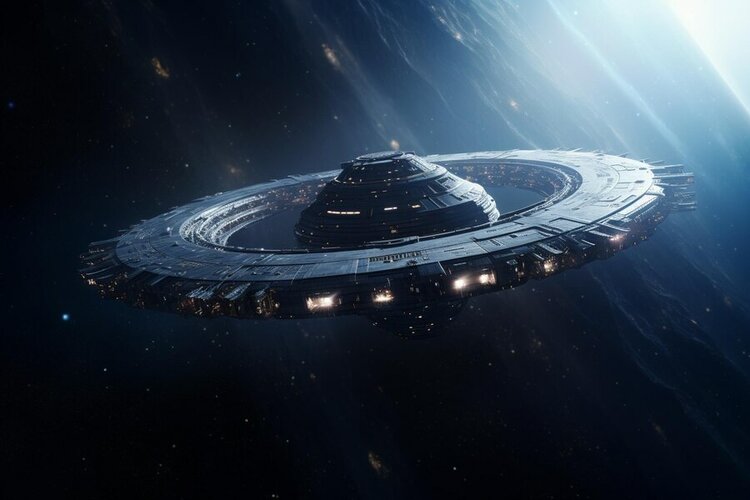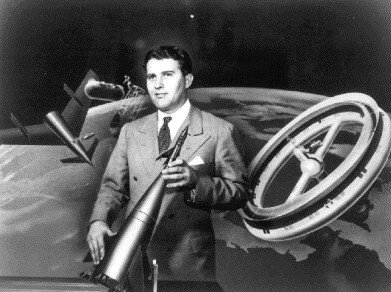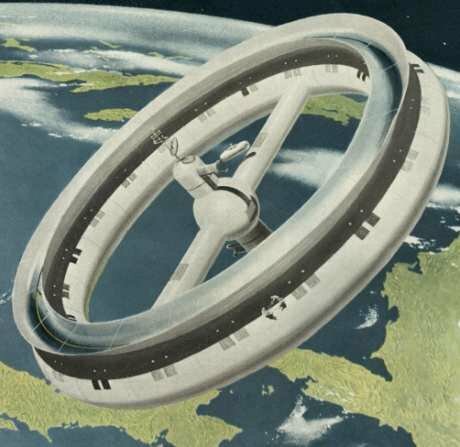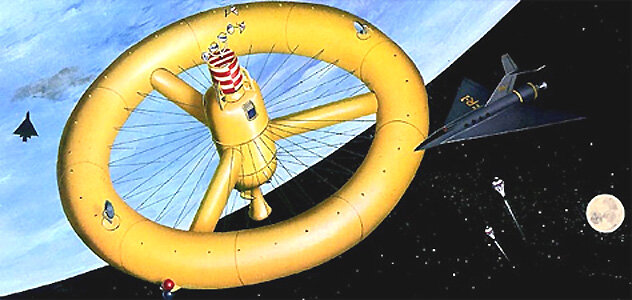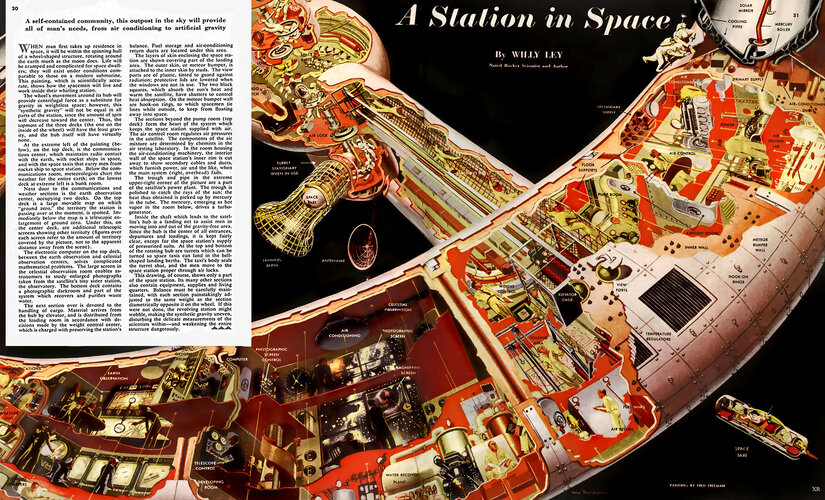We are back on Earth and look forward to sharing the results and our experiences with all of you. The scientists and doctors rightfully own all of our time for the next few days, but I did want to share a few thoughts as I reflect on our mission and what we set out to accomplish.
We deeply care about the world we live in today and making it better. That’s why we wear the @Stjude patch on our flight suit and why we dedicate so much time to raising funds and awareness for their vital work. It’s why we partnered with @ElSistemaUSA to show how the beauty of music can bring people together all over the world. It is why we’ve brought Starlinks to various corners of the world to help connect people and provide access to information—building blocks for solving many of the world’s challenges.
As we work to address today’s problems, we must also look to the future we want our children to grow up in. As a crew, we have always believed in humanity's destiny among the stars—a belief that’s only been reinforced by our recent journey. We had very specific mission objectives, some familiar from the past, but in many ways, they were different today.
We took our spaceship farther than any human has gone since the last Apollo mission over 50 years ago, and along the way, two of our crewmates became the women who have journeyed farthest from this planet. Now, if we have been there before, why is it significant? The better question might be: Why haven’t we gone back? It’s not easy to travel that far into space. It requires immense energy to send a human-rated spaceship to such a height, and if a rapid deorbit is required, dissipating that energy is not easy. The environment is harsh, with increased radiation, more micrometeoroid debris, and no nearby safe havens in case of trouble. We went there to study the radiation environment, gather data on its impact on systems and human health, and to explore areas we know less about, where we can learn new problem-solving methods that will help in future missions. Records are meant to be broken, and we are so excited for @Artemis to take us ALL to even greater heights.
We conducted an EVA (spacewalk) and tested a new-generation spacesuit. There have been over 300 spacewalks in the 60-year history of human spaceflight, the most famous being those of the Apollo moonwalkers. By any standard, what we did was basic in comparison. The difference is that those spacewalks were conducted by government agencies—NASA, ESA, Russian Cosmonauts, Chinese Taikonauts—with the full backing of their nations' resources. In the future, tens of thousands of people will be working in space on multiple space stations, lunar bases, and Mars outposts and not all of them will be government astronauts. Space belongs to everyone, and it’s essential that both commercial and government efforts work together to make that future a reality. It is critical for the commercial industry to have the tools and experience for spacewalk operations and the suit we tested is just the first step in that journey. By opening up new frontiers, we’re building a future for all of humanity, not just a select few. Along the way, we’ve learned a lot about the technical disciplines related to EVA operations, which will only accelerate the iterative design process that @SpaceX executes so masterfully. I will personally treasure the experience my crew and I shared, but I am most excited about future generations of the suit and where they might be used someday.
We tested new laser-based Starlink communications, using it primarily as an alternative communication pathway to Mission Control, but also to put together a very special moment: my crewmate @Gillis_SarahE playing the violin in space. This wasn’t about being first at something, but about showing the world a different perspective through the power of music. To maybe think a bit less about the differences that dominate daily discourse and a bit more about our shared humanity and what we can achieve through some measure of unity.
Beyond what we hope to learn from these technical objectives or the ~40 science and research experiments, there is always a fundamental requirement of any space mission: to cast the widest possible inspirational message. There were many firsts on our mission, but just as important were the things that were simply different from what people are used to seeing. These differences can spark all sorts of creative thinking and maybe inspire the next generation to dream about what they can accomplish among the stars. Because if we’re going to realize humanity’s destiny to reach out and unlock the mysteries of the universe, we are going to need a lot of inspired dreamers to join this grand endeavor.
I want to close by thanking everyone who worked so hard to make this mission safe and successful. Of course, that starts with the 14,000+ @SpaceX employees, from top leadership like @elonmusk, @Gwynne_Shotwell, @jjfactorykat ,@skeech412 and @TurkeyBeaver to the SpaceX technicians inspecting our booster before flight. Special thanks to all the @PolarisProgram team that supported us throughout this journey over the last 2.5 years of training to the 24x7 on-orbit operations. I also want to thank @NASA for their foresight in creating the commercial crew program, which breathes life into initiatives like @PolarisProgram ..not to mention NASA's direct mission support and EVA suit testing. Thanks to the weather teams, recovery teams (including the @USCG), all the researchers, and everyone of our supporters that cheered us on and dreams of a brighter future

. With our deepest appreciation and gratitude, THANK YOU!


